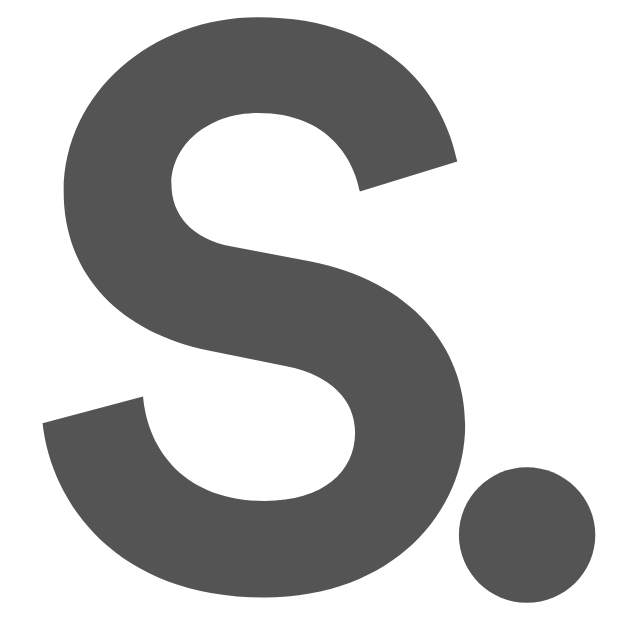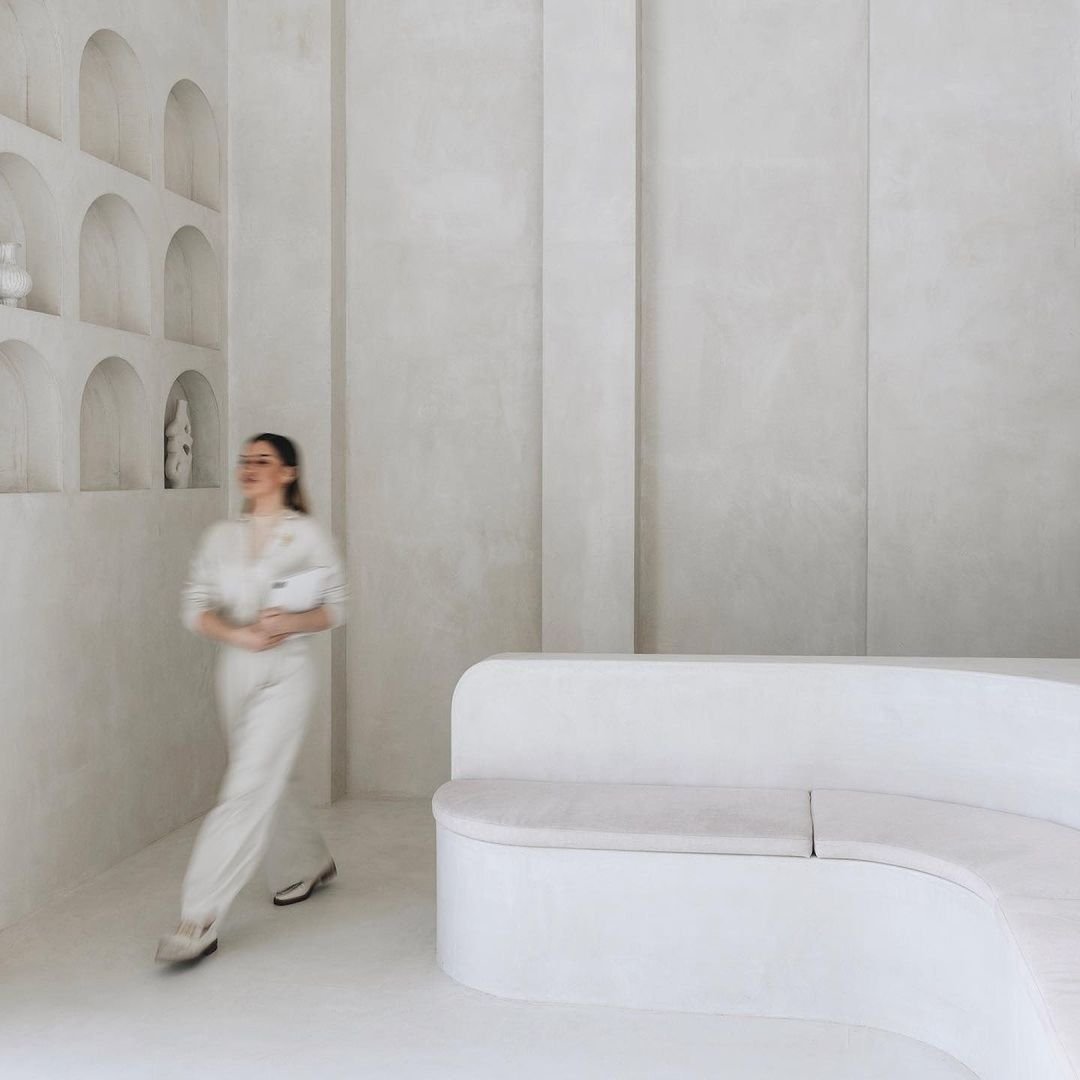What is An Overlay — and Other Surfacing Definitions
For home owners starting to bring their project to life with surface finishes, speaking with designers or builders and the language around these materials can feel like a whole new vocabulary. But understanding the basics can help you make more informed decisions — and get the most out of your finish. In this guide, we’re breaking down a few key surfacing terms, starting with one we get asked about all the time: What is an overlay?
Overlay
An overlay is a new surface material that is applied directly over an existing substrate — like concrete, tiles, or compressed sheeting — to create a fresh finish without the need for full demolition or removal. Overlays are used for floors, walls, and joinery. Popular overlays include microcement, plaster, epocy, and certain kinds of tiles.
Why use overlays?
Cost-effective (no need to rip up old surfaces)
Faster installation
Less waste
Ideal for refurbishments and time-sensitive projects
At SEMCO Surfaces, the convenience of overlay installation is what inspired us to develop X-Bond Microcement back in 1991, which was the first microcement overlay brought to market. We wanted to give clients a concrete alternative that could be installed with less disruption — and greater versatility.
Substrate
The substrate is the surface that sits beneath the finished material — also known as a subfloor. It’s the foundation layer that your overlay or other finish is applied to. Common substrates include:
Concrete slabs
Tiles (a popular resurfacing job for microcement)
Structural plywood
Sheetrock
Cement board
A hard, level, and stable substrate is essential for a long-lasting overlay finish — and different surface systems may have specific substrate requirements.
Seamless Surface
When we use the phrase seamless surface, we’re referring to a finish that has no visible joins or grout lines. Think of continuous floors or walls with a smooth, uninterrupted appearance — common in microcement or poured resin systems. Seamless surfaces offer:
A modern, minimalist aesthetic
Easier cleaning and maintenance
Fewer areas for dirt or moisture to collect
Hand-Trowelled Finish
A hand-trowelled finish is a surface that's applied by hand using a steel or plastic trowel. This method allows for greater artistry, control over versatile applications, and variation in texture. Many decorative concrete and microcement finishes are trowel-applied, giving each project a bespoke look.
Decorative Finish
A decorative finish is any surface designed not just for function but also to enhance visual appeal. These can be smooth or textured, matte or glossy, natural-looking or boldly coloured. Microcement and specialty wall plasters both fall under this umbrella.
Sealer
The sealer is the final protective layer applied over a finished surface. It can enhance durability, change the sheen level (matte, satin, or gloss), and improve resistance to stains, UV, or abrasion. Choosing the right topcoat is critical to making your surface last — especially in high-traffic or wet areas. At SEMCO Surfaces, we’ve also engineered a range of advanced sealers to ensure our premium surface materials are finished with the best possible protection.
Topical Sealer
Topical sealers are a protective coating applied to the surface that sits on top of the surface (as opposed to penetrating sealers). It forms a visible film and can enhance color and gloss.
Penetrating Sealer
A penetrating sealer is a type of protective treatment that soaks into the pores of a material (such as concrete, microcement, stone, or tile) rather than forming a film on the surface. Once absorbed, it chemically reacts within the substrate to create a barrier that helps repel water, oils, and stains from within — without changing the appearance, texture, or slip resistance of the surface.
Curing
Curing is the controlled process of allowing a material (like concrete, microcement, or adhesives) to properly dry and harden to reach its full strength and durability. Rushing curing can cause cracking, de-lamination, or weak performance.
Bonding Agent
Bonding agents are liquid products used to improve adhesion between an existing substrate and a new surface material, especially when applying overlays to smooth or sealed surfaces. The thing about X-Bond is that is contains extra adhesives in its formula, as well as harnesses our very own molecular bonding technology, to adhere at a strong chemical level to a substrate without needing to use a seperate bonding agent.
Priming
Priming refers to the act of applying a base coat (often called a primer) to a substrate to prepare it for receiving a finish. It improves adhesion, seals porous materials, and can prevent issues like bubbling or uneven drying.
Self-Levelling Compound
A self-levelling compound is pourable material that spreads evenly across a floor to correct unevenness and provide a smooth, level surface for overlays or finished flooring.
De-lamination
De-lamination is the failure of layers to remain bonded — when an overlay or coating separates from its substrate, often due to poor prep, moisture, or incompatible materials. In microcement, it can appear as bubbling, flaking, or peeling.
Slip Resistance (or Slip Rating)
Slip Resistance or Slip Rating is a measure of how resistant a surface is to slipping, especially important for wet or outdoor areas. In the U.S., slip resistance is typically measured and referred to using COF (Coefficient of Friction) rather than the European R ratings (like R10, R11) or Australian P ratings (like P4, P5).
Tactile Finish
A tactile surface texture is a surface that can be felt by touch — it may be smooth, coarse, ridged, or patterned — and it can affect both appearance and functionality (like slip resistance).
Movement Joints
Movement Joints are gaps or flexible joints built into surfaces (especially concrete or overlays) to allow for expansion, contraction, or structural movement without cracking the finish. They’re a visible line or break that visually interrupts the finished surface.
Liquid Membrane
A liquid membrane is a product that is brushed, rolled, or sprayed onto a surface to form a seamless, flexible barrier once cured. It’s commonly used as a waterproofing layer beneath overlays, tiles, or screeds — especially in wet areas like bathrooms, balconies, and rooftops.
Why it’s important:
Prevents moisture from penetrating into substrates
Helps protect overlays or coatings from water damage
Conforms to irregular surfaces and joins seamlessly around penetrations
Types:
Acrylic-based
Polyurethane-based
Bitumen-based (less common in decorative work)
Note: Always check compatibility between your overlay system and the type of membrane used.
Fibreglass Mesh
A reinforcing mesh made from woven fibreglass strands, often embedded within overlay systems. Essentially, it helps control substrate movement by adding tensile strength to flexible coatings or screeds, which reduces the risk of cracking. It’s recommended to improve strength and dimensional stability when:
Applying microcement systems
Rendered wall finishes
Waterproofing layers over joints or transitions
Tile installation
Floor leveling



